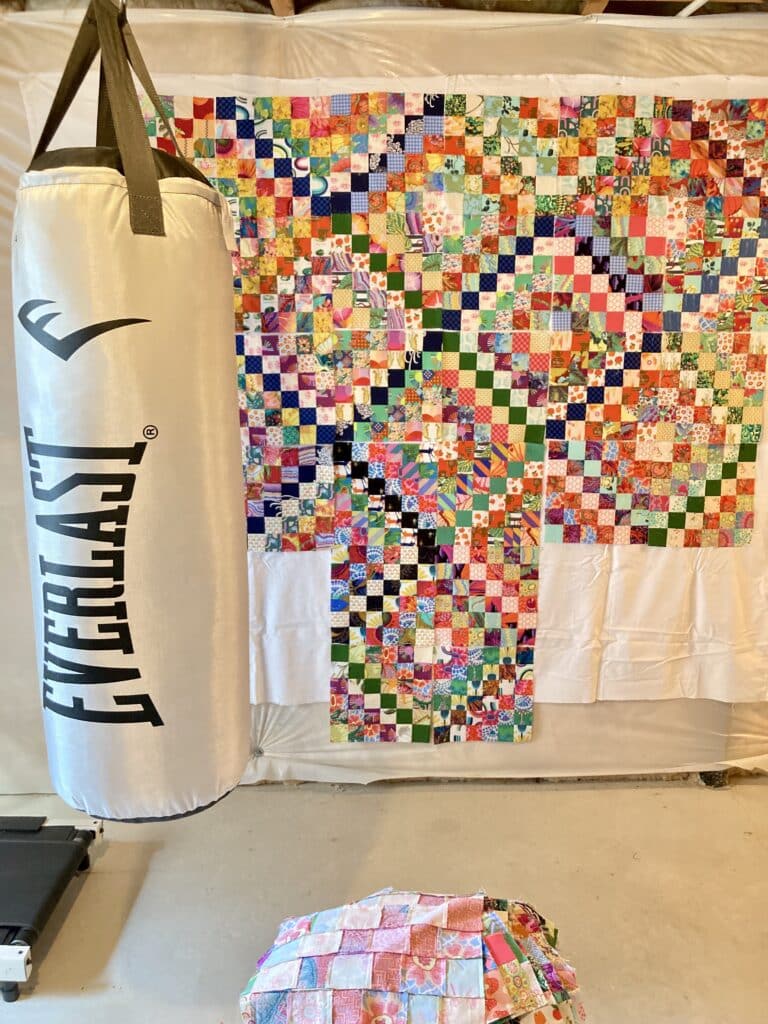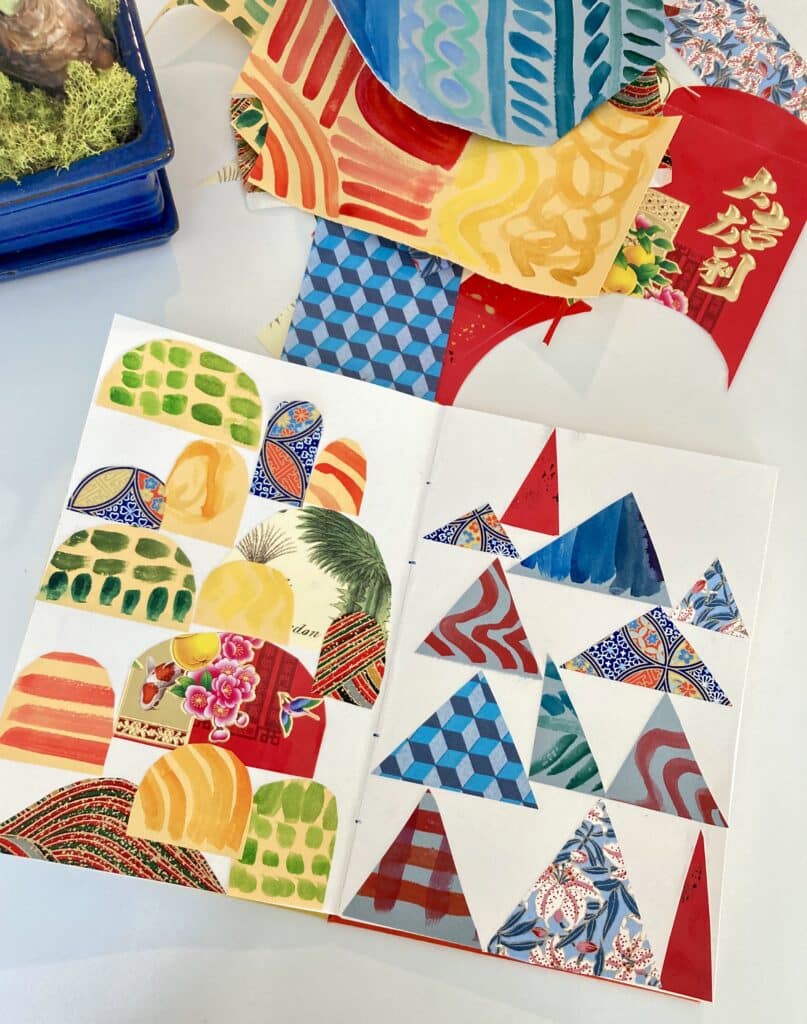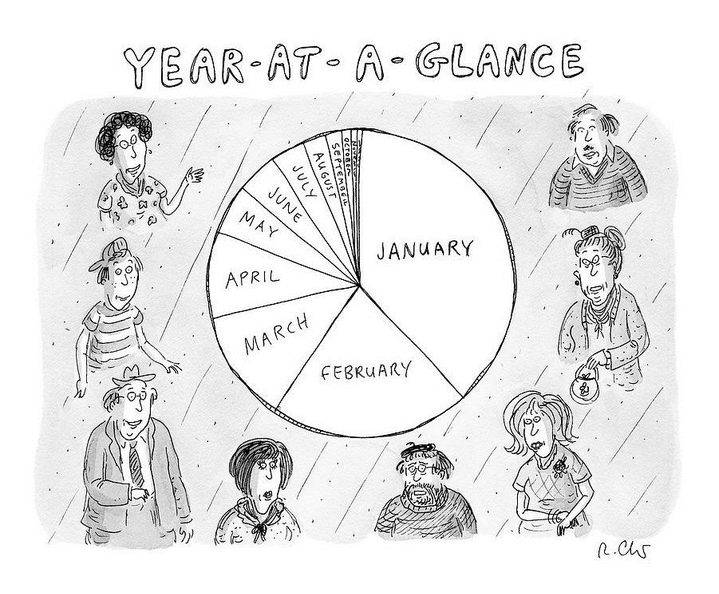Here is a list of “101 Additional Advices” from Kevin Kelly, the 74 year old co-founder of Wired magazine. It’s a good mix of practical and psychological:
Three situations where you’ll never regret ordering too much: when you are pouring concrete, when you are choosing a battery, and when you are getting ice for a party.
Don’t work for a company you would not invest money in, because when you are working you are investing the most valuable thing you have: your time.
Avoid making any kind of important decision when you are either hungry, angry, lonely, or tired (HALT). Just halt when you are HALT.
To tell a good story, you must reveal a surprise; otherwise it is just a report.
Get good at being corrected without being offended.
(Do we think the plural on “advice” is a typo or an homage to Arnold in Pumping Iron? Let’s hope it’s a typo and Kevin isn’t giving us … “the wrong advices.”)


















